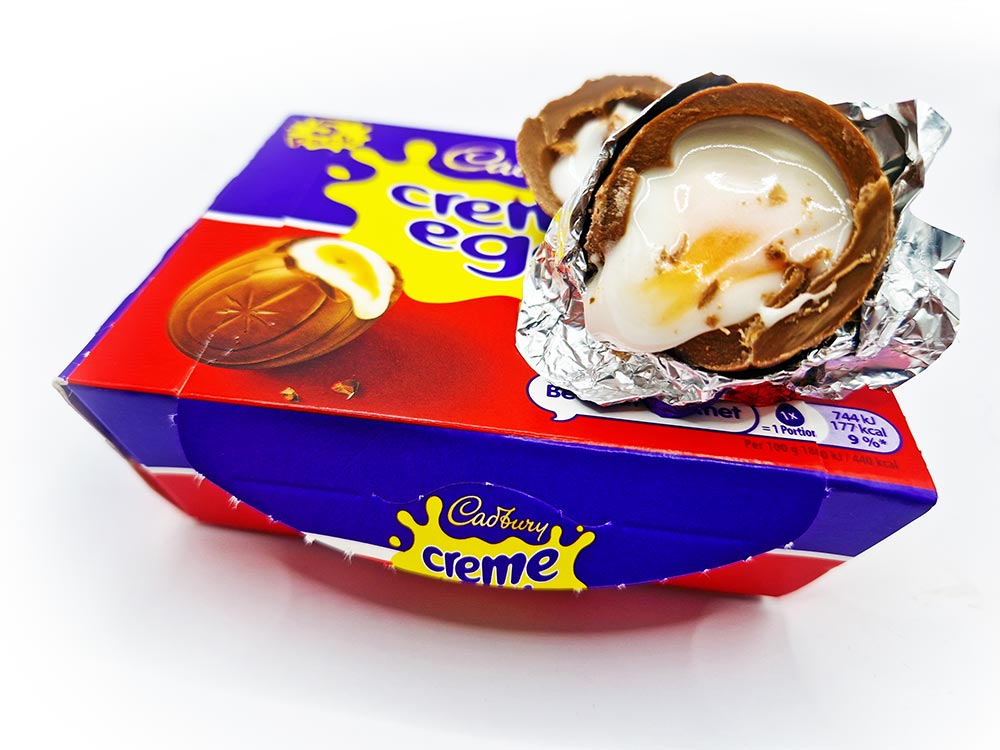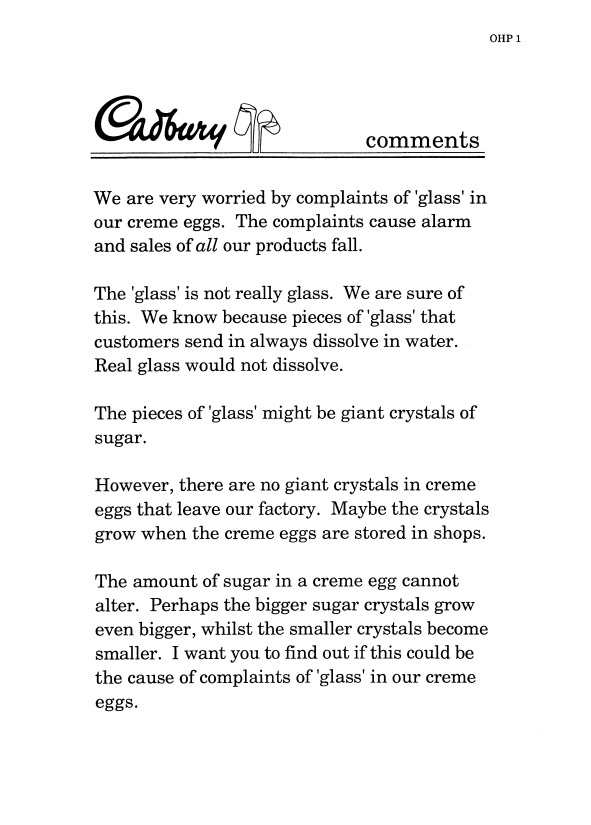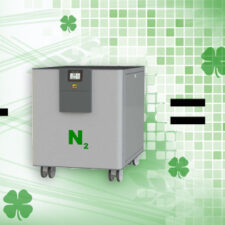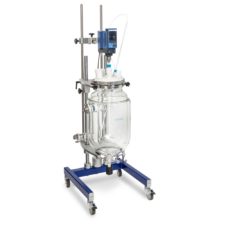Whether or not you, as an individual, celebrate the religious aspects of Easter you may find it difficult to resist the lure of the chemistry of Cadbury Creme Eggs! In our house there’s annual heated debates over the correct temperature this sugary sweet delicacy should be stored at and consumed at and I guess we all considered this simply a matter of personal preference. However, I’m sure it comes as no surprise to you that there’s an immense amount of chemistry that goes into a Creme Egg that will be affected by the temperature in some striking ways.
What does the chemistry of Cadbury Creme Eggs have to do with the University of York?
Within the University of York there is a specialist centre that “…aim(‘s) to promote excellence in primary science teaching and learning, increase children’s and teachers’ awareness of STEM careers and industries, and raise children’s science capital”. This is the Centre for Industry Education Collaboration – or CIEC. Currently celebrating their 25th anniversary, the CIEC provide free downloadable science publications and interactive websites that support the teaching of the UK’s science curricula for 4-12 year olds. They also offer training and CPD on the teaching and learning of science, and on increasing children’s science capital.
One of these downloadable science activities relates to a fascinating collaboration between Cadbury Ltd and their representative – a gentleman called Albert Day – and the CIEC. He reports that Cadbury had occasionally received complaints from customers believing that they have found glass in their Creme Egg or some other sugary treat. Of course this is not the case as with every test the “glass” simply dissolves in water therefore disproving the idea. This project was designed to investigate the cause of the problem and the role of chemical engineers in finding a solution.
His introduction reads:
The background of the chemistry of Cadbury Creme Eggs
We all know, I think, that chocolate is a tricky thing to work with (have you tempered chocolate? It’s a pain!). It must be manufactured very strategically so that it melts in the mouth but doesn’t form a puddle in your hand before you’ve finished it. But what about the “creme”? This yellow and white fondant is made by crystallising a supersaturated solution of sugar (sucrose). It is essentially a suspension of sugar crystals in a saturated solution.

It’s the size of these sugar crystals that determine the silky smooth texture in your mouth and the normal size is 20-25µm. Unfavourably warm storage conditions or temperature cycling (warm days and cold nights) can lead to some crystals effectively acting as ‘seeds’ and growing at the expense of smaller crystals. The course materials explain that crystals as large as 0.5 cm had been discovered (you wouldn’t want to bite into that!) but overall the resulting gritty feeling on the tongue led people to believe there was a serious problem with their treat if the majority of the crystals were larger than 30µm. Obviously we are really switched on about temperature control in the lab but once something gets out there into the real world and it’s out of your control, how do you manage it?
Control of crystallisation
Vast amounts of resources are utilised in designing systems and sugar crystallisers that will give the desired creamy result necessary for the fondant filling. By controlling the temperature at which the crystals are formed, and the degree of agitation during the crystallisation process, scientists can ensure the desired outcome. There are further methods involving invert sugar which aren’t covered by the materials but which can have a resounding impact.
No eating the specimens!
Unfortunately it is very much emphasised throughout the teaching materials that the students must not eat any of the samples (the dye used to prepare the slides is hazardous) but I very much hope that there was at least a celebratory Cadbury Creme Egg fest’ when they reached the end of the course! I really wish that there had been projects like this when I was studying as I would have taken a lot more interest.
Temperature control and agitation
Who would have thought that the delectable Cadbury Creme Egg is only possible due to expert temperature control and agitation? Luckily we have the Asynt experts on hand to advise on this kind of requirement as part of our lab reactor range, ReactoMate, but I don’t know how much luck I’m going to have trying to convince them to whip up some Asynt Creme Eggs… anyone got any spare chocolate please?
Sources: https://www.york.ac.uk/ciec/









